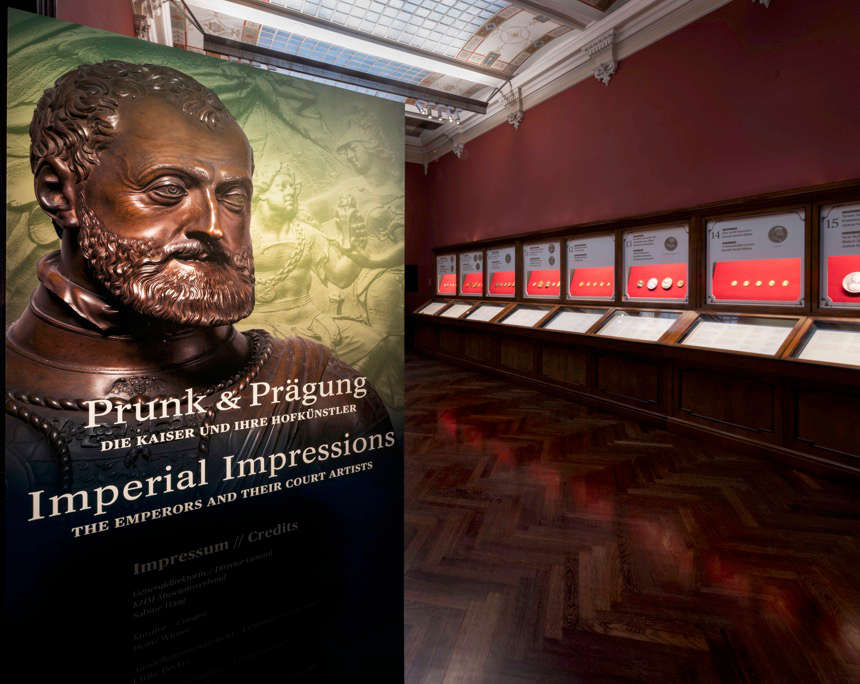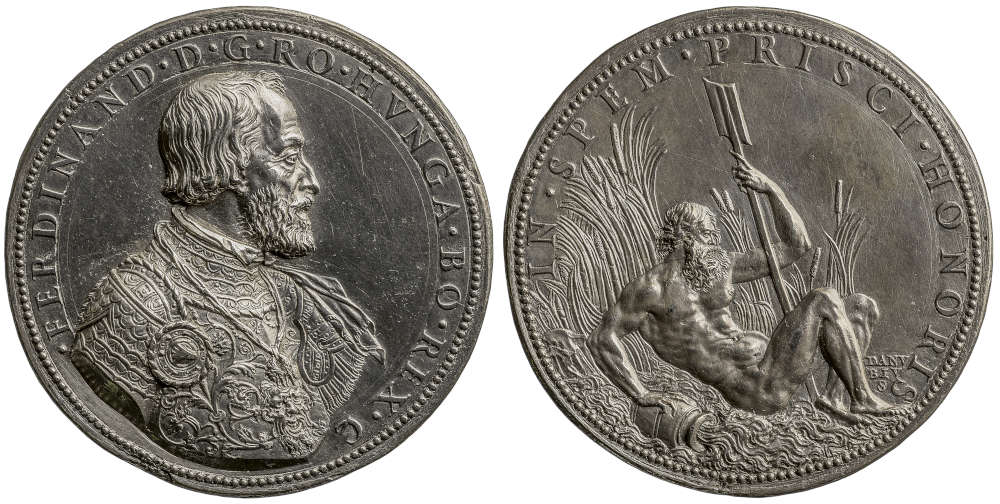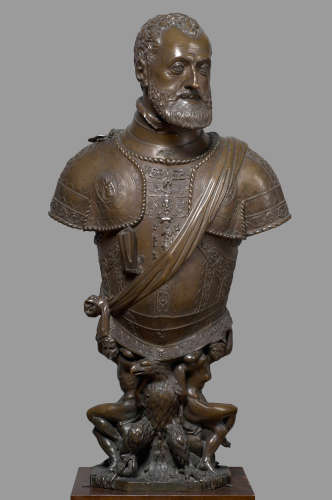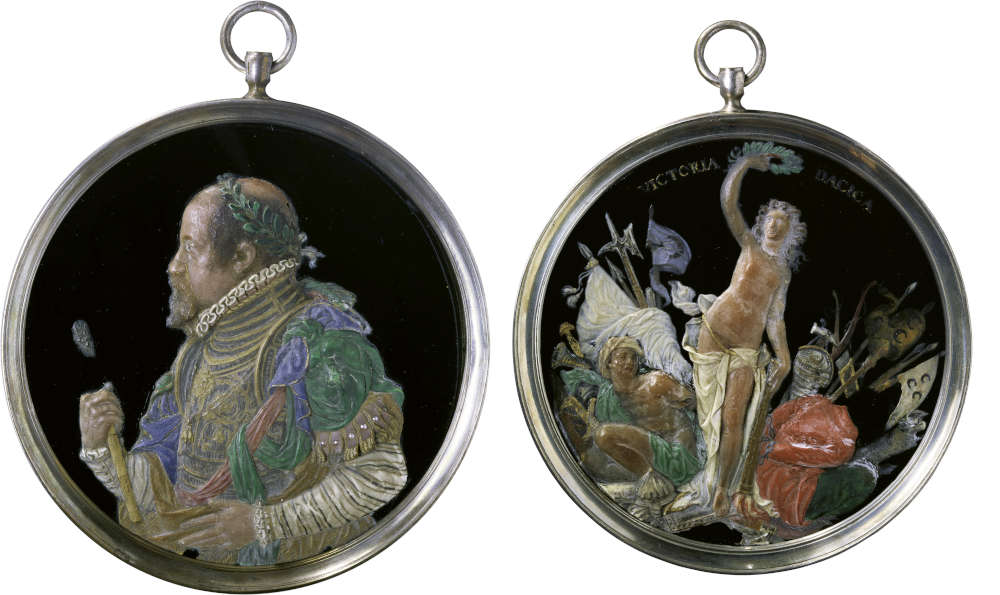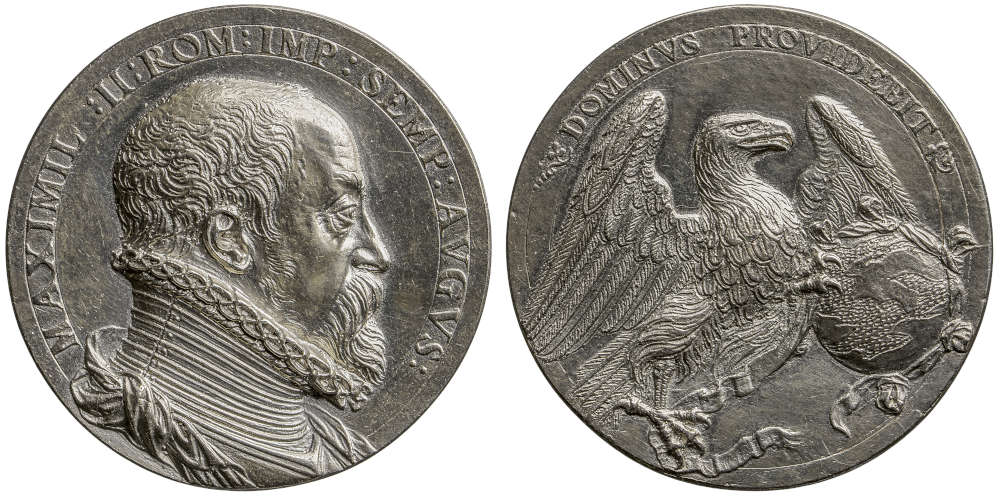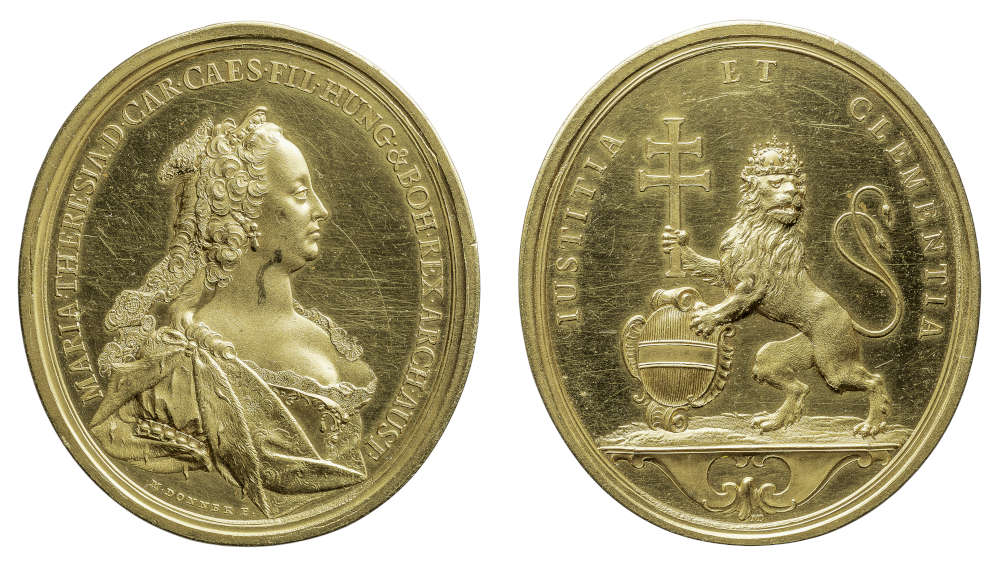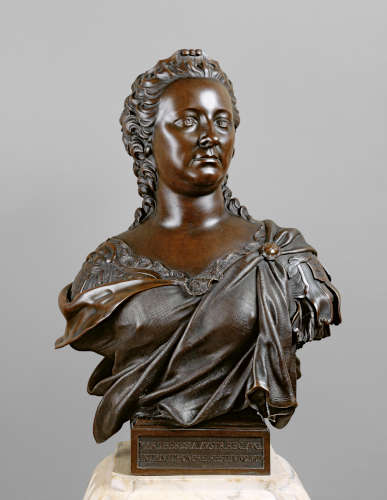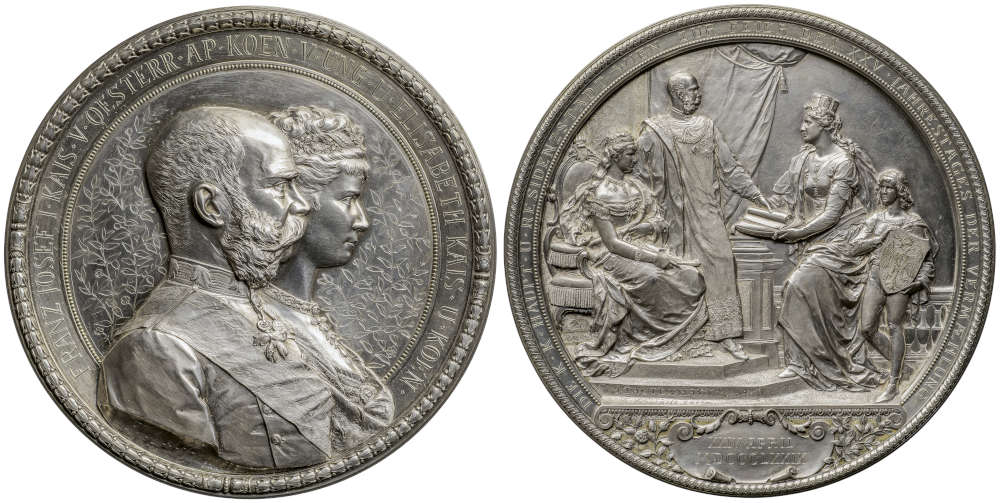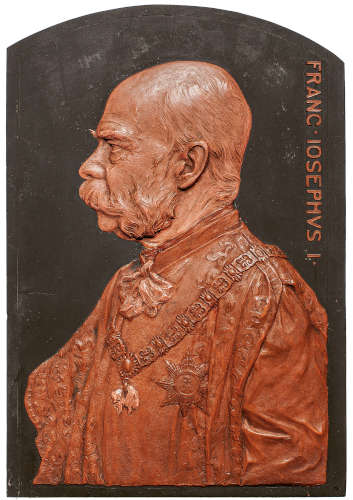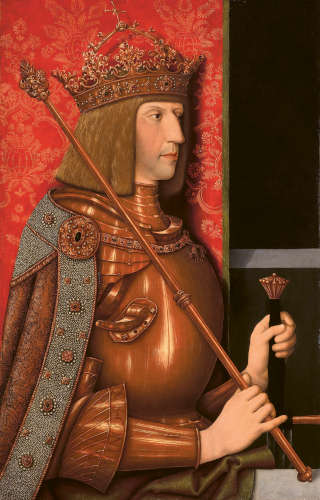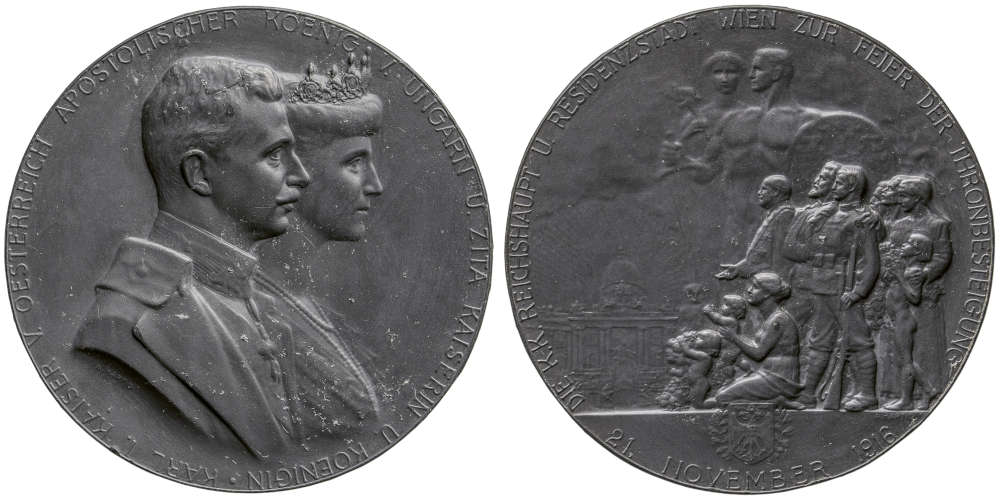Imperial Impressions – New Exhibition at the Kunsthistorisches Museum in Vienna
The Kunsthistorisches Museum Vienna is dedicating the exhibition “Imperial Impressions. The Emperors and their Court Artists” to the medal as an artform. The artists represented in the show, such as Leone Leoni and Antonio Abondio, were active at the Habsburg courts and residences and at ease in many disciplines of the arts. They would, for example, have worked as architects, but also created paintings, sculptures, goldsmithery and more.
Content
It is the fact that they also made medals that warranted their inclusion in this exhibition, however. Medals offered emperors the opportunity to communicate political messages and special events or ceremonies, such as accession to the throne or weddings, relatively cost-effectively and instantaneously. This characteristic made the medium highly significant until World War I.
The show covers the imperial courts in Madrid, Prague, and Vienna as well as the residences of the sovereigns in Innsbruck and Graz. As the objects on display were mostly produced for members of the imperial family, they were of the highest quality.
The Emperor’s Medalists
The characteristics that define a court artist cannot be precisely identified. They lived at court and worked in the fields of painting, music, literature, or architecture. Their work was not regarded as a pure craft, but was treated on a par with the artes liberales, the liberal arts.
In addition to medallists who worked as ‘court artists’, the exhibition also includes those who were merely working in the court environment. The series of artists presented begins around 1500 and extends to the end of the monarchy in 1918, such as Leone Leoni, Antonio Abondio, Matthäus Donner, Anton Domanöck and Johann Bernhard Fischer von Erlach.
Great Art in a Small Format
The aim of the exhibition is to emphasize the role of the medal as an object of art. The idea is to focus on medals for their artistic quality rather than their historical message. Imperial Impressions aims to show that medals do not have to shy away from comparison with other genres of art. Moreover, it will illuminate how the role of artists developed from the universal genius of the Renaissance and early Baroque to specialists for separate genres of the arts during the later years of the monarchy.
An Exhibition at Two Sites
Imperial Impressions is spread across two sites. The Kunstkammer will show significant medals, each in conjunction with well-known artworks by the same artist. One of the main works of the exhibition, a bust of Emperor Charles V from the Kunstkammer, created by Leone Leoni around 1555, is on display here. Leone Leoni was one of the most celebrated and influential Italian sculptors of the sixteenth century. His sculptures for Charles V brought him great fame and he was knighted by the emperor for his artistic achievements and appointed court sculptor.
The Coin Cabinet will introduce the court artists in greater detail and display medals that are typical for each artist’s oeuvre. A synopsis of this kind that covers over half a millennium has never been shown before; it introduces visitors to a new, unusual perspective on familiar works.
The exhibition comprises about eighty works: medals, coins, paintings, gemstones, ivory and goldsmithery. Most object stem from the museum’s Habsburg collections, with no other museum being able to illuminate this topic in such a high-quality selection. They are complemented by loans from the Coin Collection at the Staatliche Museen zu Berlin and from the Tiroler Landesmuseen-Betriebsgesellschaft.
Duration
The exhibition will run in the Kunstkammer from February 13 to October 13, 2024 and in the Münzkabinett from February 13, 2024 to March 23, 2025.
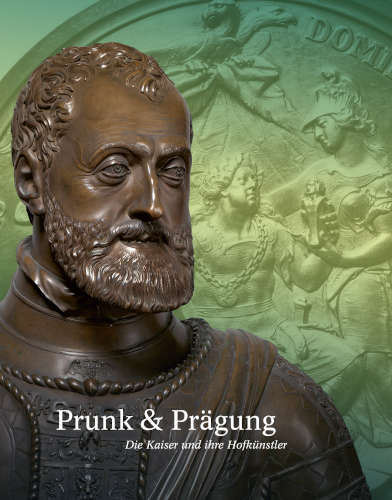
Heinz Winter, Prunk & Prägung. Die Kaiser und ihre Hofkünstler. 2024. (in German). French binding, 20,5 x 26 cm, 136 Pages, 155 Illustrations. 19,95 EUR.
Exhibition Publication
Heinz Winter curated the exhibition and wrote the accompanying publication. The exhibition design, inspired by the imperial staterooms of the Vienna Hofburg, is by Michael Embacher.
Available at the museum shop and online.






